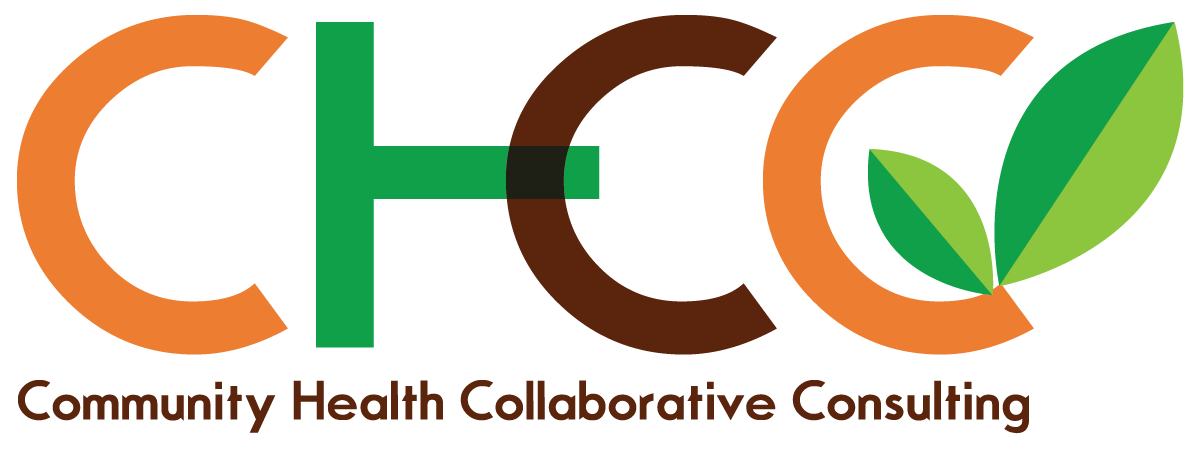Disparities
Although the term disparities is often interpreted to mean racial or ethnic disparities, many dimensions of disparity exist in the United States, particularly in health. If a health outcome is seen to a greater or lesser extent between populations, there is disparity. Race or ethnicity, sex, sexual identity, age, disability, socioeconomic status, and geographic location all contribute to an individual’s ability to achieve good health. It is important to recognize the impact that social determinants have on health outcomes of specific populations. Healthy People strives to improve the health of all groups.
To better understand the context of disparities, it is important to understand more about the U.S. population. In 2008, the U.S. population was estimated at 304 million people.1
- In 2008, approximately 33%, or more than 100 million people, identified themselves as belonging to a racial or ethnic minority population.1
- In 2008, 51%, or 154 million people, were women.1
- In 2008, approximately 12%, or 36 million people not living in nursing homes or other residential care facilities, had a disability.2
- In 2008, an estimated 70.5 million people lived in rural areas (23% of the population), while roughly 233.5 million people lived in urban areas (77%).3
- In 2002, an estimated 4% of the U.S. population ages 18 to 44 identified themselves as lesbian, gay, bisexual, or transgender.4
During the past 2 decades, one of Healthy People’s overarching goals has focused on disparities. In Healthy People 2000, it was to reduce health disparities among Americans. In Healthy People 2010, it was to eliminate, not just reduce, health disparities. In Healthy People 2020, that goal was expanded even further: to achieve health equity, eliminate disparities, and improve the health of all groups.


